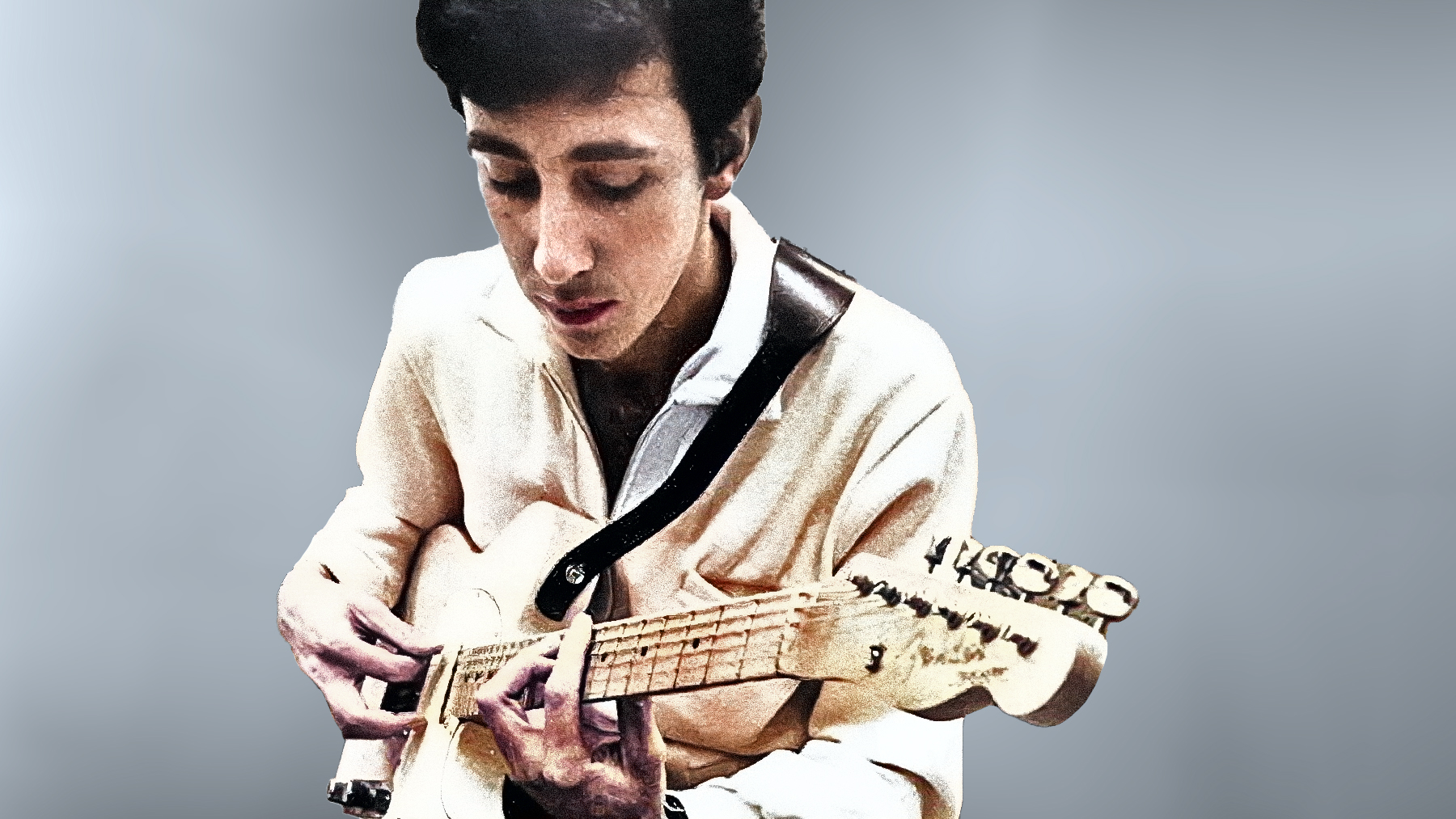GuitarPlayer Verdict
If enhanced versatility floats your boat, the Valco KGB DIST has a lot to offer
Pros
- +
A well-made and good-sounding distortion pedal
- +
More versatile tone-shaping options than most
Cons
- -
The size requires sacrificing some pedalboard real estate
You can trust Guitar Player.
Although its rugged looks might imply a more sinister meaning, the “KGB” in Valco’s new KGB DIST stands for keyboard, guitar and bass, hinting at the unit’s broad functionality.
Valco is a subsidiary of Eastwood Guitars, whose pedal line is designed and built in Canada, and has thus far released several pedals and a handful of pickups.
The Valco name was associated with tube amps branded as Supro, Oahu and Gretsch in the 1950s and ’60s, but today the company is aiming for the characterful, slightly aggressive personality its name implies, and the KGB DIST’s looks inspire a street cred to match.

Housed in a wedge-shaped, folded-steel box, the KBG DIST demands some real estate on your pedalboard, but it does a lot to warrant its squatter’s rights.
The input and output are right and left of the top-rear edge, respectively, with a dry out and nine-volt adaptor input between them.
The bottom control row has knobs for distortion, filter (a one-pole low-pass filter that acts as a dark-to-bright tone control) and output.
Above these, a red chicken-head knob adorns a six-position input-impedance switch that lets you dial from line levels to high-impedance guitar input (1M ohm) with four stops in between.
All the latest guitar news, interviews, lessons, reviews, deals and more, direct to your inbox!
The line/instrument toggle beside it flips instantly between the 10k ohm line level and your preset on the red knob.

Another red chicken-head accesses the voice switch, which offers four flavors of distortion generation: op-amp (Op), LED diode clipping (LED), silicon diode clipping (Si) or germanium diode clipping (Ge).
Running vertically along the left edge of the pedal, the blend slider proportionally blends distorted and dry signals at the output as desired (the dry out is always sans distortion, pre input-impedance switching).
I was immediately impressed not only with its versatility but also with the availability of real-world-usable sounds
A powerful option, it lets you blend in the dry signal to add articulation and low-end body to the distorted signal, however fuzzy you push it.
Finally, a 0/180 polarity toggle allows you to flip the relative polarity of the dry signal at the output to enable phase cancellation for creating alternative blended tones.
I tested the KGB DIST with Fender Telecaster and Gibson 1959 Les Paul Reissue electric guitars into a Friedman Dirty Shirley Mini head and 2x12 cab and a tweed Deluxe-style 1x12 tube amp combo, and was immediately impressed not only with its versatility but also with the availability of real-world-usable sounds at a wide range of settings.

The distortion knob really wants to be a third of the way up or more to start feeling the juice, especially with a little dry signal blended in at the fader.
But from that point on up, there’s an enjoyable range of mostly vintage-voiced distortion tones to be had, from a light thickening to an all-out, fuzz-like sizzle.
Guitarists might start with the standard 1M impedance switch setting, which elicited the most clarity and broadest frequency range from the pickups in the test guitars, but dropping that a couple notches proved a nifty way to soften up the overall feel and tone somewhat, and was useful in its own way.

Consider the voice switch your modern-to-vintage tone melder. Op and LED lean to the former, while Si and Ge are browner and more ’60s/’70s leaning, respectively.
All are functional and usable, although it’s worth noting that volume changes come with each twist. LED is loud and punchy, for example, while Ge is the softest and chewiest – but it may be my favorite mode in the whole box for its honey-thick goodness.
All in all, if your distortion pedal tastes lean more retro than metal (though there’s classic metal here in spades, for sure), and enhanced versatility floats your boat, the Valco KGB DIST has a lot to offer.
And undoubtedly it’s a handy box for adding hair to synths, clavs, Wurlis, bass and more.
Specifications:
- CONTROLS: Distortion, filter, output, blend, voice, input impedance. Mini-toggles for polarity and line/Inst. On/off stomp-switch
- I/O: Input, dry out, output. 9V DC adaptor input (adapter not included)
- SIZE: 7.25” x 5.5” x 1.25”-3.5” (LxWxH)
- BUILT: Canada
For more information visit Valco.
Dave Hunter is a writer and consulting editor for Guitar Player magazine. His prolific output as author includes Fender 75 Years, The Guitar Amp Handbook, The British Amp Invasion, Ultimate Star Guitars, Guitar Effects Pedals, The Guitar Pickup Handbook, The Fender Telecaster and several other titles. Hunter is a former editor of The Guitar Magazine (UK), and a contributor to Vintage Guitar, Premier Guitar, The Connoisseur and other publications. A contributing essayist to the United States Library of Congress National Recording Preservation Board’s Permanent Archive, he lives in Kittery, ME, with his wife and their two children and fronts the bands A Different Engine and The Stereo Field.


